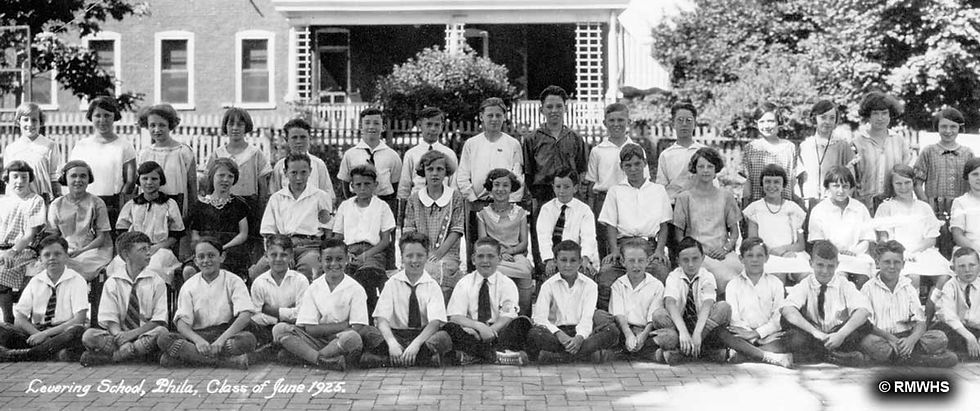Preserving & Promoting
Local History, Art, & Culture




Main Street Manayunk Historic District
Economic Development
The development of Manayunk as a significant regional and industrial center was due to construction of the Manayunk Canal. While Manayunk continued to flourish as a manufacturing center into the 1930s, it is the 19th century industrial development, which is of historic significance. Before the canal was opened in 1819, industry located in Manayunk because of the access to water; pre-canal industries included grist mills, glass and paper, iron rolling and wood screw production. Industries were typically small scale, serving a local market. After completion of the canal, Manayunk quickly expanded as a center of diverse small scale industrial production including cotton, drugs, oak grinding, and the manufacturing of hat bodies and paper.
The construction of the canal brought three potential benefits for industry:
1. The availability of coal for industrial production.
2. The availability of waterpower.
3. Transportation of raw materials and finished goods.
Realizing the value of the newly available waterpower, the Schuylkill Navigation Company began marketing this valuable industrial commodity. The first waterpower was sold to Captain John Towers on April 10, 1819, and he proceeded to construct the first mill in Manayunk, on land formerly part of the Levering estate. In 1820, Charles Hagner constructed the second mill, between Green Lane and Leverington Street, for the preparation of Oil and grinding of drugs, and subsequently other mills were constructed.
During the 1820s, the scale of industrial production magnified, and operations increasingly focused on cotton textile production. By 1828, 10 mills were in operation with 6 homes under construction. A commentator described Manayunk in 1828 as follows:
"I rode over to a new village called Manayunk, lying about 4 miles above me on the left bank of the Schuylkill, it is flourishing and increasing in dwelling houses and mills. I visited the largest cotton factory, belonging to Mr. Boris and Mr. Jerome Keating. These gentlemen have a 4-story stone building, 200' long, containing 4,500 spindles and one hundred and twenty power looms, all worked by about 200 persons."
Many of the area’s first factories combined assembly line production with forms of cottage industry. Because a large portion of Manayunk labor force was unskilled, there was substantial technological innovation. In. contrast, competing textile centers such as Kensington, with it skilled hand weavers, were slow to adopt mechanization. Mechanization led to increased labor organization and some of the unions were organized in Manayunk in the 1830s. The national depression of the late 1870s ended the early diverse phase of industrial growth and reinforced cotton textile manufacturing as the dominant industry of Manayunk. The scale of production continued to increase, many of the first mill structures were demolished and redeveloped as larger multi-story structures to accommodate new industrial processes.
 Describe your image |
|---|
With the commencement of the Civil War, cotton from the South became unavailable resulting in the closing of many mills. Surviving mill owners switched to wool to supply the needs of the Union Army. After the war, wool and wool blend textiles continued to be an important aspect of Manayunk industry while cotton industries declined. Because of competition from mills in the South, industrial specialization prevailed with factories linking their output to a few steps in the production process, selling their materials to other factories. By the end of the century, Manayunk factories were producing standard cotton and wool fabrics, as well as carpet yarns, silks, "shoddy" blends, hosiery, dress goods, cashmere, jeans, and other articles. Despite this diversification, the first generation of mill owners such as Ripka and Schofield, who prospered before the Civil War, continued to define the structure of Manayunk industry. After the war, the rate of industrial expansion declined, and the new mills were generally less profitable. While textile and textile related production continued to be important through the 1920s, the manufacture of paper, soap, chemicals increased in importance until the Depression.
Today, although no longer a regionally significant location for industrial activity, Manayunk remains a relatively satisfactory location for existing industries. Factors contributing to the area’s longevity include easy access to the interstate highway system, a stable community, availability of water, and physical isolation from the deteriorated sections of the City.
This information has been posted by RMWHS with the permission of the Philadelphia Historical Commission.